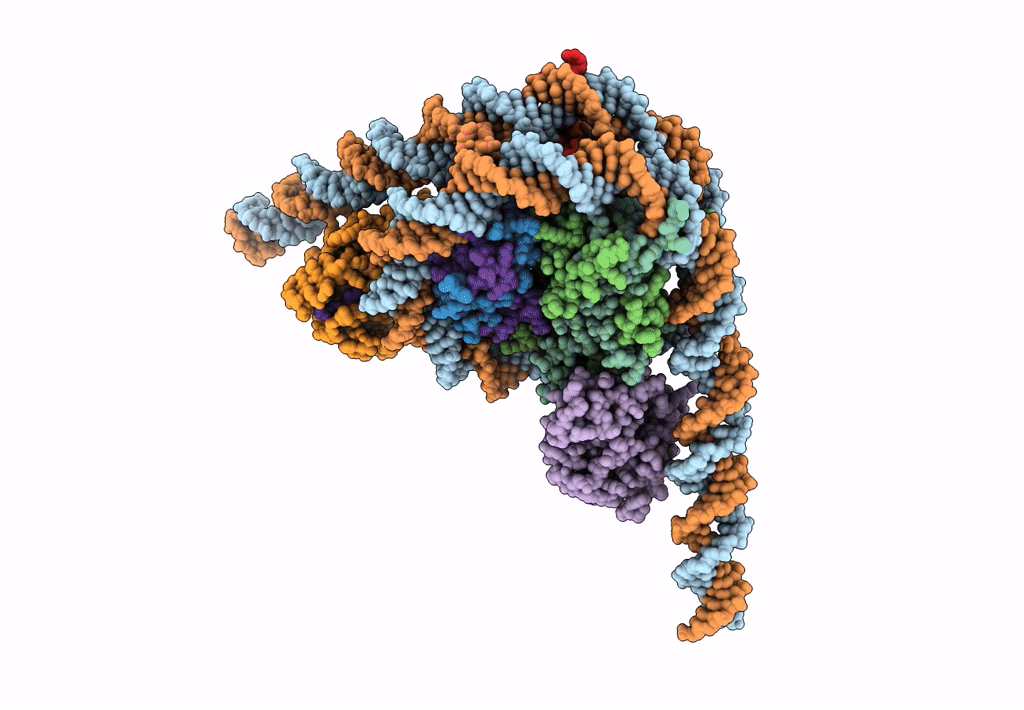
Deposition Date
2020-08-14
Release Date
2020-10-21
Last Version Date
2025-07-02
Entry Detail
PDB ID:
7CRQ
Keywords:
Title:
NSD3 bearing E1181K/T1232A dual mutation in complex with 187-bp NCP (2:1 binding mode)
Biological Source:
Source Organism:
Xenopus laevis (Taxon ID: 8355)
Xenopus tropicalis (Taxon ID: 8364)
Homo sapiens (Taxon ID: 9606)
Xenopus tropicalis (Taxon ID: 8364)
Homo sapiens (Taxon ID: 9606)
Host Organism:
Method Details:
Experimental Method:
Resolution:
3.15 Å
Aggregation State:
PARTICLE
Reconstruction Method:
SINGLE PARTICLE


